Ant Removal | Efficient Ant Removal Tips & Tricks | Pest-Free Home
Ants can be a major nuisance in your home, causing food contamination, spreading diseases, and even causing structural damage. It's important to identify and address any ant problem to maintain a pest-free home. Ant activity typically increases in the spring and fall, and they can enter your home through tiny openings. To distinguish ants from termites, look for their slender waists, bent antennae, and longer legs.

Key Takeaways:
- Identify an ant problem by observing ant activity and recognizing their physical characteristics.
- Implement indoor treatments, such as ant baits and sprays, to effectively remove ants from your home.
- Apply outdoor treatments, including ant baits and sprays, to prevent ants from entering your home.
- Consider natural ant treatments like diatomaceous earth, borax, and food-based repellents.
- Perform preventative maintenance, such as sealing cracks and crevices, to keep ants at bay.
How to Identify an Ant Problem
Ants can cause a range of household problems, from contaminating food to spreading diseases and causing structural damage. It is important to be able to identify an ant problem in order to effectively address it. Ant activity typically spikes in the spring and fall, and changes in weather can drive ants indoors. Ants have slender waists, bent antennae, and longer legs. They can be confused with termites, but closer inspection will reveal the differences. Once you have identified an ant problem, you can move on to implementing ant removal strategies.
Signs of Ant Activity
- Visible trails of ants in and around your home
- A large number of ants in one area
- Ant nests or mounds in your yard
- Ants entering your home through small cracks or openings
- Contaminated food or food packaging
These signs indicate that you have an ant problem and need to take action to remove them from your home.
Distinguishing Ants from Termites
Ants and termites can often be mistaken for each other, but there are key differences that can help you identify them:
- Waist shape: Ants have a slender waist, while termites have a broad waist.
- Antennae: Ants have bent antennae, while termites have straight antennae.
- Legs: Ants have longer legs compared to their body size, while termites have shorter legs.
By examining these characteristics, you can determine whether you have an ant problem or a termite infestation.
Apply Indoor Treatments
When it comes to getting rid of ants in your home, indoor treatments are highly effective. One of the most successful methods is using ant baits. Ants are social creatures, and they will carry the bait back to their colony, helping to eliminate the entire ant population. It's important to note that different ant species are attracted to different types of bait, so using a combination of carb-based and protein-based baits is recommended.
To maximize the effectiveness of ant baits, strategically place them in areas where you have noticed ant activity. Common hotspots include near drains, in kitchen cabinets, and around wall openings. By placing the baits in these key areas, you can attract ants and ensure they come into contact with the bait.
In addition to ant baits, ant sprays can be used as a supplement to baiting, especially if ants have an established food supply indoors. Non-repellent ant sprays are the most effective choice as they allow ants to unknowingly transport the product back to the colony, helping to eliminate it completely.
Remember to follow the instructions on the ant bait or spray label and use the products safely and responsibly.
In the next section, we will delve into effective outdoor treatments for ants to prevent them from entering your home.
Apply Outdoor Treatments
Outdoor treatments are essential in preventing ants from entering your home. To effectively control outdoor ant activity, it is important to use a combination of ant baits and ant sprays. Ant baits are particularly effective as they attract ants and allow them to transport the poison back to their colony, destroying it from within.
Note: Ants are attracted to different baits, so it is recommended to use both ant liquid bait and ant granules. This ensures that you target a wider range of ant species and increase the effectiveness of your treatment.
When applying ant baits, place them near ant trails and areas of high ant activity. Be sure to regularly check and refresh the bait stations to ensure a continuous supply of poison reaches the colony.
Ant killer sprays are also effective in controlling outdoor ants. However, it is important to use non-repellent sprays as they are undetectable to ants, allowing them to transport the product back to the colony. When applying ant spray, focus on areas around the perimeter of your yard and near outdoor structures, such as patios or decks.
By implementing these outdoor treatments, you can effectively prevent ants from entering your home and maintain a pest-free environment.

Ant Liquid
When it comes to effectively eliminating ants, ant liquid is a powerful weapon in your arsenal. This potent solution provides even coverage over large areas, making it highly effective, especially in concentrate form. By spraying ant liquid outdoors in areas where there are large groupings of ants, you can quickly and efficiently deal with infestations. Furthermore, ant liquid can be directly applied to ant hills, instantly killing the ants on contact and preventing further spread.
Ant liquid contains a lethal dose of ant poison, ensuring that any ant that comes into contact with it will be eliminated without delay. It serves as an effective ant killer, providing swift results. If you notice the presence of ant hills in your yard, it is recommended to apply ant liquid promptly to address the problem before it escalates.
Ant Bait Stations
Ant bait stations are a simple and cost-effective solution for controlling ants in your home. By strategically placing bait stations where ants frequent, such as around food sources, you can effectively eliminate ant colonies and prevent further infestations.
Using ant bait stations is easy. Simply open the bait station and place it in areas where you have seen ant activity. Make sure to position them along ant trails or near entry points, such as windows or doors. Ants will be attracted to the bait inside the station and carry it back to their nest, spreading the poison throughout the colony.
The effectiveness of ant bait stations lies in their ability to kill the entire colony, including the queen. As ants bring the bait back to the nest, it eliminates not only the foraging ants but also the hidden ants within the nest. This ensures long-term control and prevents future infestations.
Note: While ant bait stations are highly effective for indoor use, they may not work as well for outdoor infestations. Outdoor environments present additional challenges, such as weather conditions and natural food sources, which can reduce the effectiveness of ant bait stations.
When using ant bait stations, it's important to remember that patience is key. It may take some time for the bait to be distributed within the colony and for the full effect to be seen. Additionally, maintenance is crucial to ensure the bait stations remain stocked with fresh bait. Regularly check and replace the bait as needed to maintain optimum control.
Pro Tip: For maximum effectiveness, use ant bait stations at the first sign of ant activity in your home. Early intervention can prevent the infestation from spreading and help you achieve better results.
To sum it up, ant bait stations are a convenient and effective solution for controlling ants in your home. By placing them strategically indoors, you can disrupt ant colonies and eliminate the source of the problem. Remember to be patient and maintain the stations for long-lasting control.
Ant Granules
Ant granules are a highly effective outdoor ant treatment that is both easy to apply and convenient to use. These granules work by deterring ants from entering your home and can help control ant activity in your outdoor spaces. When applied correctly, ant granules can eliminate ants and prevent them from returning.
How to Apply Ant Granules
Applying ant granules is a straightforward process that can be done by following a few simple steps:
- Identify areas of ant activity: Look for ant hills or trails near your home. These are the areas where you should focus your treatment.
- Clean the area: Remove any debris or vegetation that may interfere with the effectiveness of the granules.
- Open the ant granules container: Carefully read and follow the instructions on the label.
- Apply the granules: Sprinkle the granules evenly around the exterior of your home, concentrating on areas where ants are most active.
- Keep the granules dry: Ensure that the granules remain dry after application, as moisture can reduce their effectiveness.
- Repeat as needed: Reapply the ant granules as directed on the product label or as necessary to maintain control of the ant population.
Remember, ant granules should only be applied outside your home and never inside. If you have any concerns or questions about the application process, it is always best to consult the instructions provided by the manufacturer or seek professional advice.
Using ant granules as part of your outdoor ant treatment strategy can effectively eliminate ants and prevent them from returning to your home. By following the simple application steps and targeting areas of ant activity, you can enjoy a pest-free outdoor environment and keep your home ant-free.
Ant Spray
Ant spray is a quick and effective solution for indoor ant treatment. When dealing with an ant infestation in your home, it's essential to use ant spray on the affected areas. Simply point and spray the ant spray directly onto the ants or in areas where you have noticed their presence. The spray kills ants on contact, providing immediate relief from the problem.
Ant spray is particularly useful for dealing with ants on countertops, in the kitchen, or any other indoor areas where ants have infiltrated. By using ant spray, you can quickly eliminate ants and prevent further issues. However, it's important to note that some ant sprays may contain toxic ingredients, so be sure to keep them out of reach of children and pets.
"Ant spray is a convenient and efficient solution for indoor ant treatment. By using ant spray on the affected areas, you can eliminate ants on contact."
Consider Natural Ant Treatments
If you prefer to avoid chemical treatments, there are several natural ant treatments that can be effective with consistent application. These remedies can help you tackle ant infestations and prevent further problems in your home. Here are some home remedies for ants:
- Diatomaceous earth: This natural substance works by lacerating the exoskeletons of ants, dehydrating and killing them. Sprinkle diatomaceous earth around areas with ant activity to deter and eliminate them. Remember to use food-grade diatomaceous earth.
- Borax: Mix borax with powdered sugar and place it in areas where ants are spotted. The borax acts as an odorless lure that attracts ants. Once the ants consume the mixture, it affects their digestive system and ultimately eradicates the colony.
- Food-based repellents: White vinegar, cinnamon, and coffee grounds are natural substances that can act as ant repellents. Spray vinegar along the ants' trail or place cinnamon or coffee grounds near entry points to discourage ants from entering your home.
- Cucumber and citrus fruit peels: Place cucumber slices or citrus fruit peels near areas where ants are active. The strong scent can deter ants and encourage them to move on.
It's important to note that natural treatments may take longer to be effective than chemical options, especially for larger infestations. Consider combining natural solutions with other strategies for optimal results.
Perform Preventative Maintenance
Preventing ant infestations is crucial in maintaining a pest-free home. By implementing preventative maintenance practices, you can keep ants at bay and ensure a clean and safe living environment.
Regular Outdoor Maintenance
Regular and thorough outdoor maintenance can help prevent ants from entering your home. Trim back foliage, such as tree branches and shrubs, that may provide ants with a bridge into your home. Additionally, seal cracks and crevices in your foundation, walls, and windows to prevent ants from finding entry points.
Cleanliness is Key
Keeping your home clean is essential in eliminating potential food sources for ants. Clean up spills promptly and avoid leaving food out on counters or floors. Wipe down surfaces regularly, including kitchen cabinets and appliances, to remove any food residues that may attract ants.
Practicing Good Hygiene
Good hygiene practices can help keep ants from infesting your home. Regularly empty and clean your garbage cans to prevent odors that may attract ants. Store food in sealed containers to deny access to ants. Additionally, avoid leaving pet food out for extended periods of time, as it can also attract ants.
Ongoing Maintenance and Inspections
To ensure that ants do not return, it is important to perform ongoing maintenance and inspections. Regularly inspect your home for any signs of ant activity, such as trails or small piles of dirt near cracks or crevices. If you notice any potential entry points, seal them immediately to prevent ants from gaining access to your home.
Incorporating these preventative maintenance measures into your routine can help keep ants from infesting your home. By taking proactive steps to deter ants from entering your living space, you can maintain a pest-free environment.

Conclusion
Removing ants from your home can be a challenging task, but by following these efficient ant removal tips and tricks, you can achieve a pest-free home. It is important to identify an ant problem, apply indoor and outdoor treatments, consider natural ant treatments if desired, and perform preventative maintenance to keep ants at bay. By implementing these strategies, you can effectively remove ants from your home and maintain a pest-free environment.
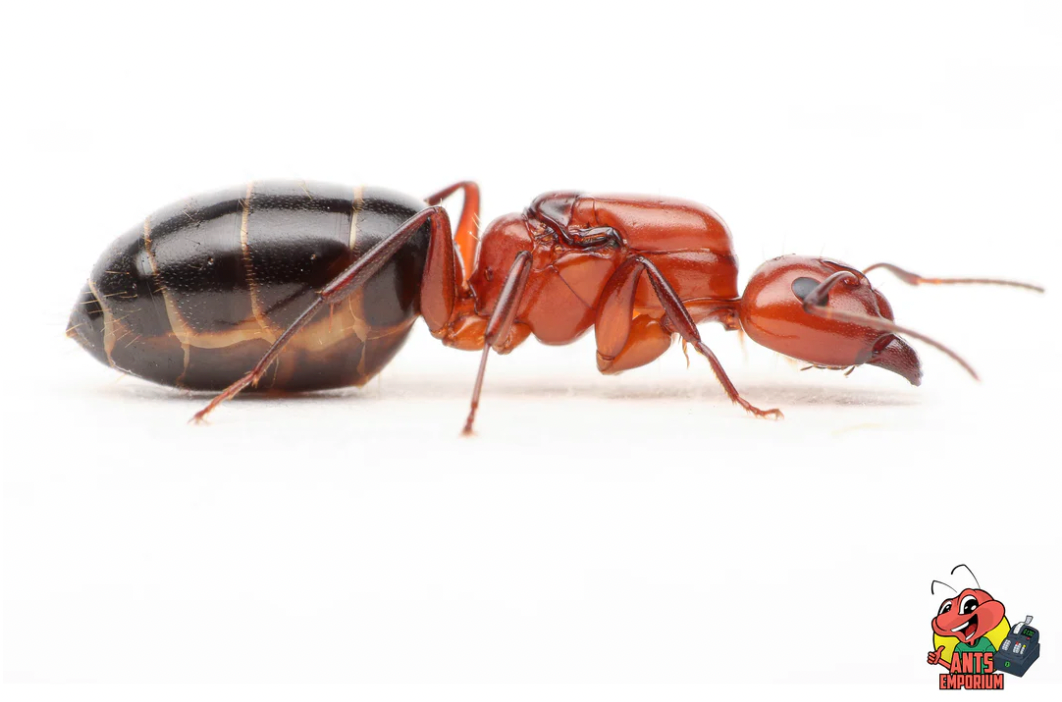
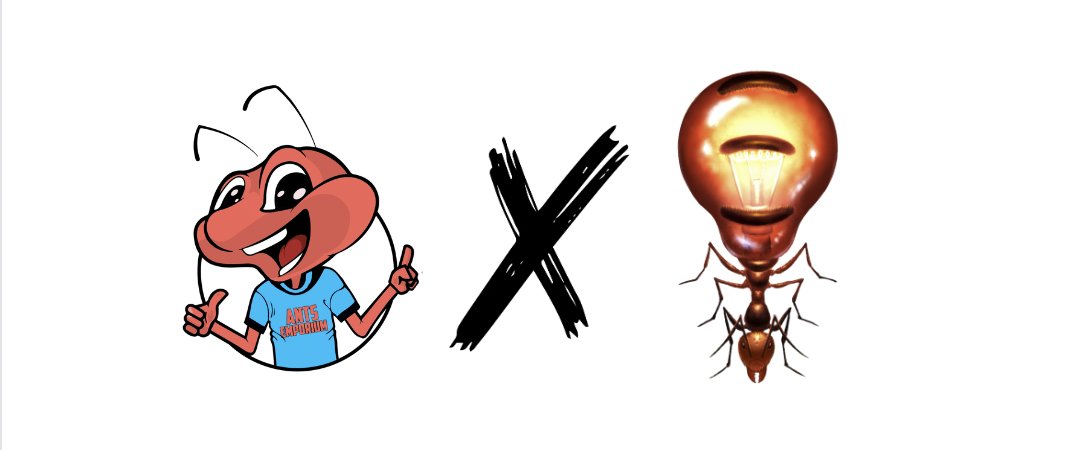
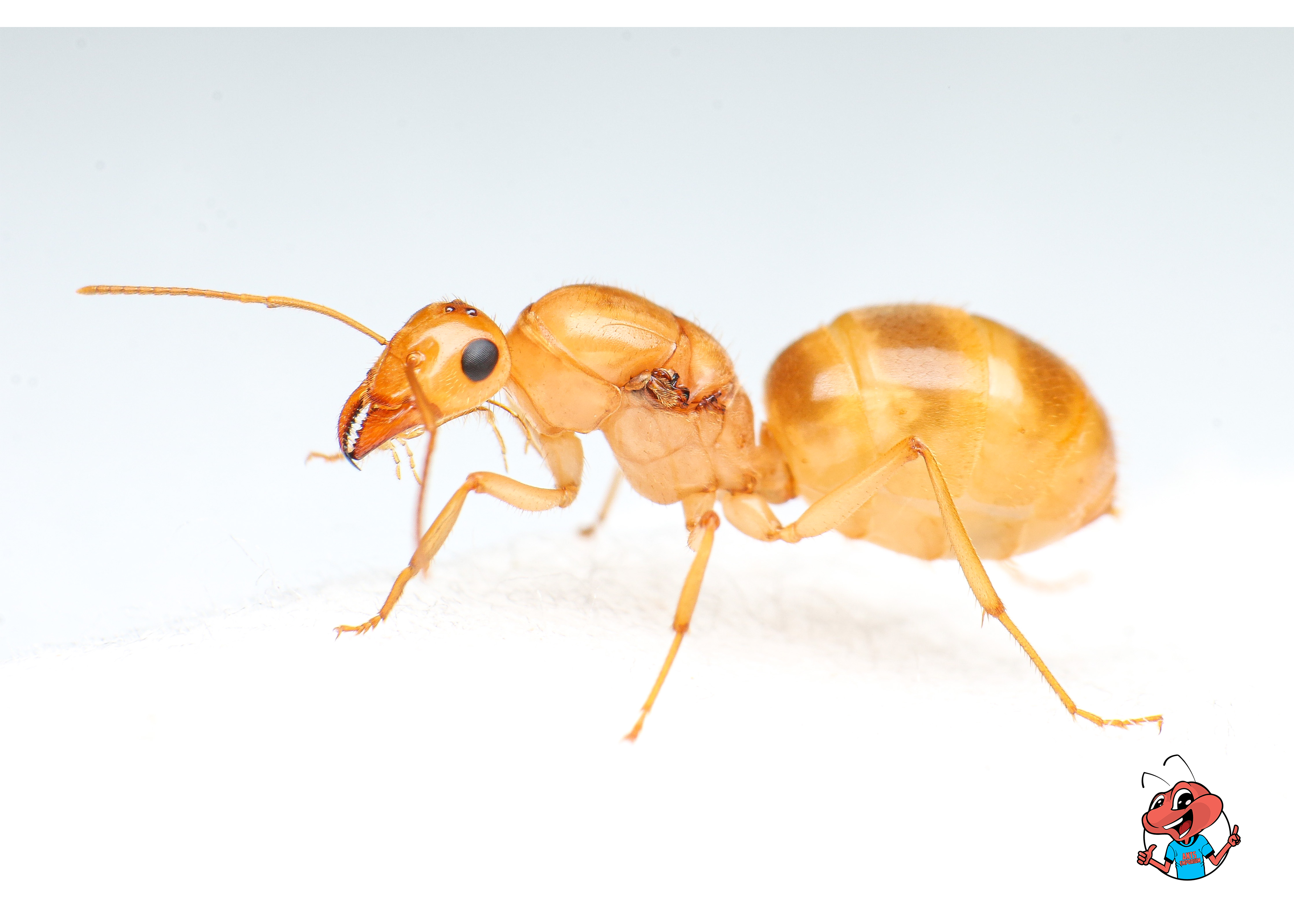
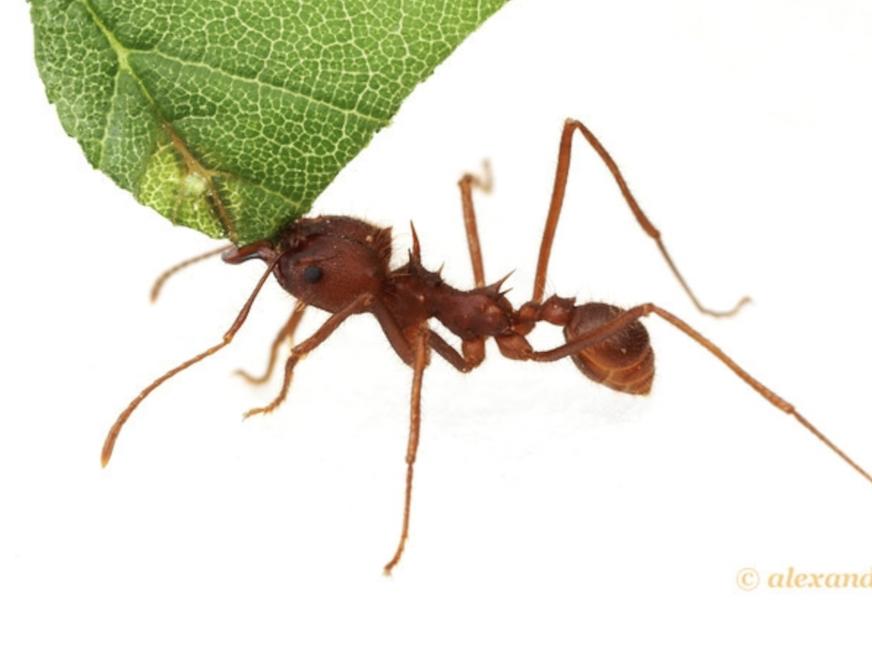
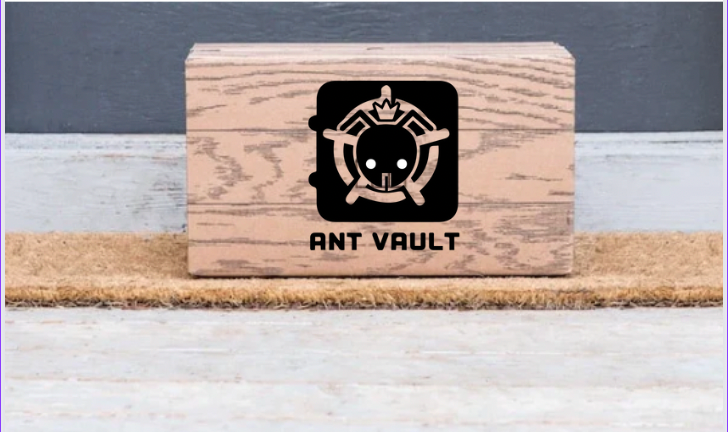


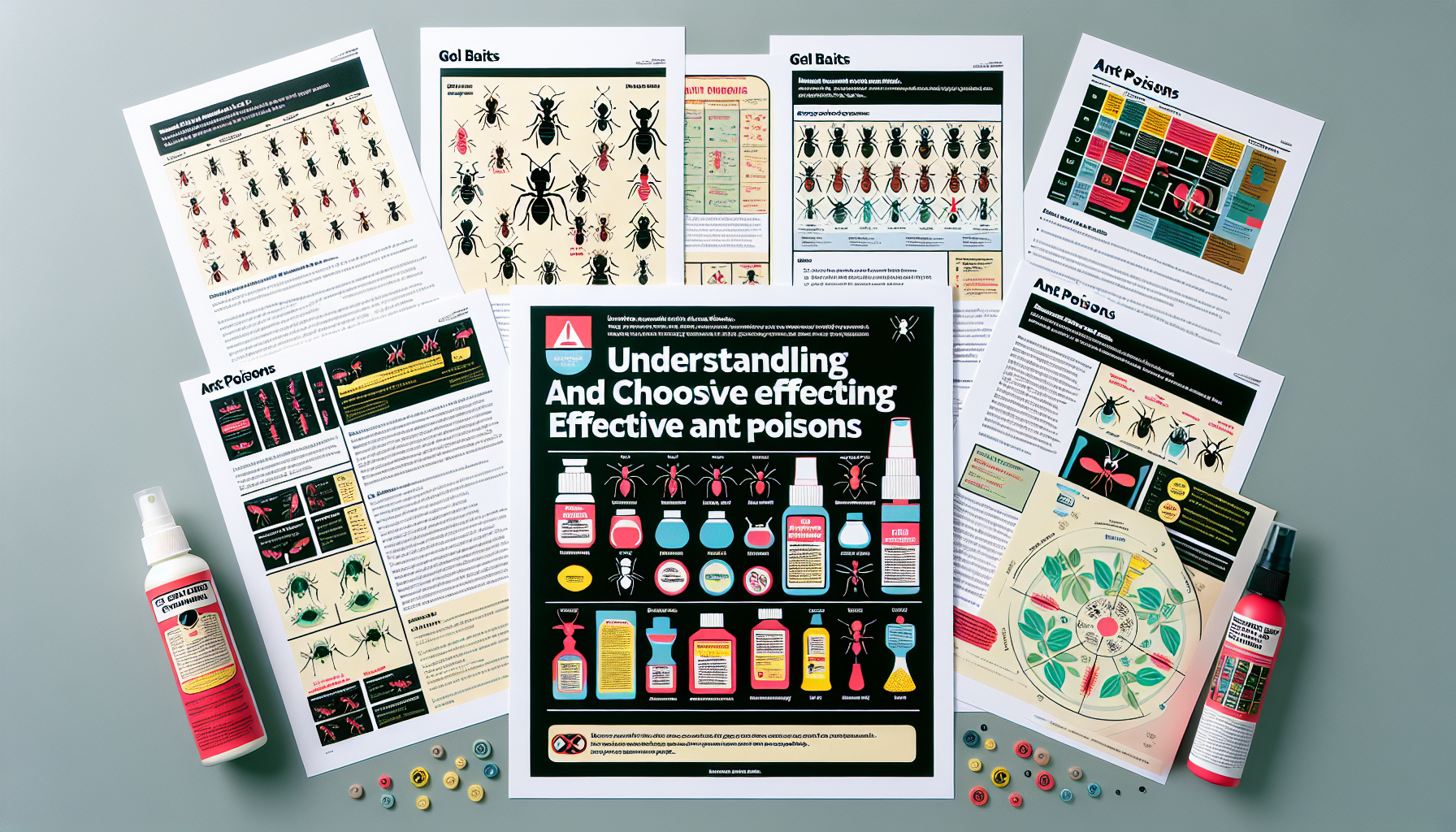
Leave a comment